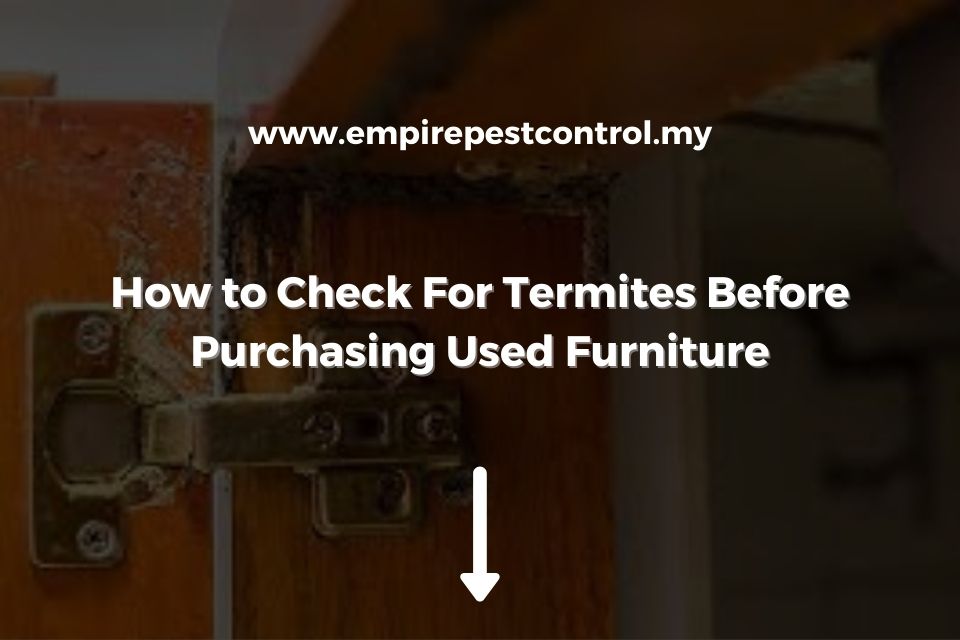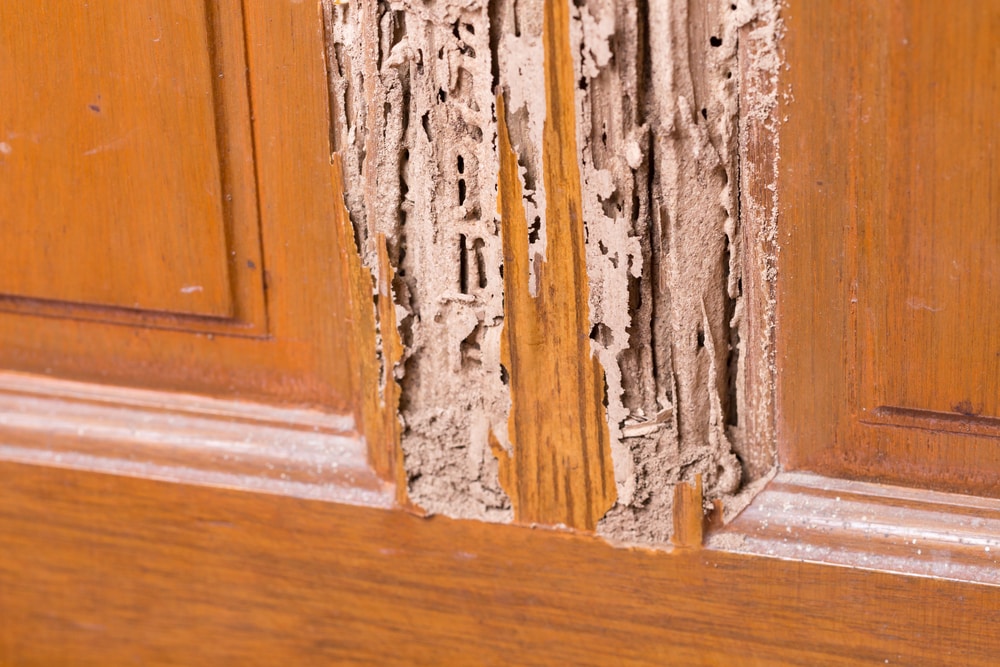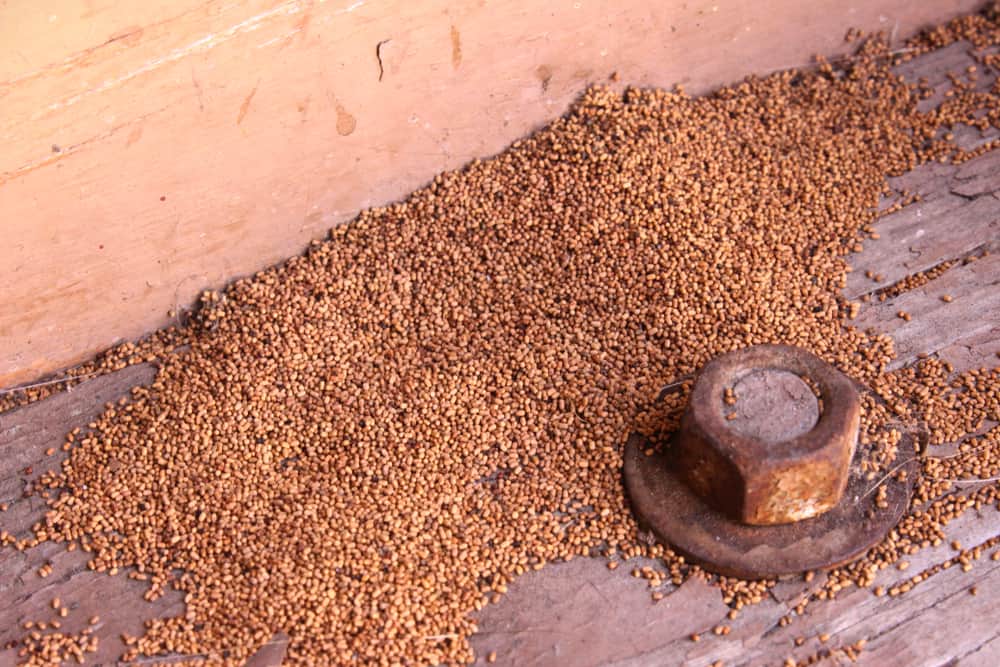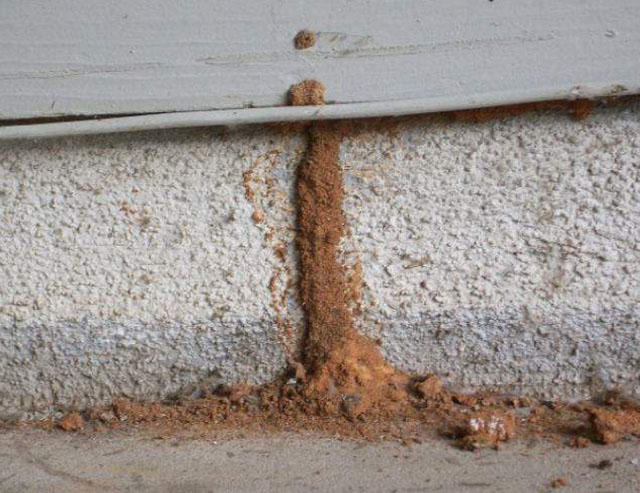Snagging cool, lightly-loved furniture can totally slash your spending. It’s like giving your place a makeover on a shoestring budget. But, buyer beware – scooping up second-hand treasures isn’t always a walk in the park. Hidden in the nooks and crannies could be some unwanted squatters: think bed bugs, gnawing termites, or sneaky insect eggs, all waiting to crash your home party. That’s why the pros over at Empire Pest Control hammer home the importance of giving any potential buys a good once-over. You’ll save not just bucks but also dodge a possible buggy invasion.
But how do you properly check your furniture for pests, particularly termites? In this article, we will provide you all the answers you need in order to protect your home from these pesky little creatures. Check out below!
Contents
Visible Damages Caused By Termites
It’s normal for used furniture to have slight damages. However, it would be best if you double-checked how these damages look since termites can inflict them. Any damage that termites have caused is relatively easy to spot by keeping a lookout at some proven signs, such as uneven surfaces, chipped-off parts, or tiny holes.
This kind of sign is even more susceptible when you’re purchasing a piece of furniture that’s made out of wood like tables, desk cabinets, or drawers. If you happen to see these damages in your furniture, then it’s better not to push through since you might jeopardize your property.
Termite Droppings or Frass
Termites are known to be pests that excrete many droppings and frass, especially on places where they’ve decided to nest. Since many termites, mainly “dry wood,” generally dwell inside furniture, you may be able to quickly spot their droppings and exceptions in specific areas in the corners and the nooks of the furniture.
Also, be sure to double-check the corners inside the furniture’s cabinets or drawers. Droppings extremes by termites are surprisingly just like wood. They can be seen in the form of little brown and sometimes black pellets. These little pallets of termite droppings are known to be ‘frass,’ and they can be discovered in heaps in different parts of the furniture, which may sometimes be similar to sawdust appearance.
Parts of The Furniture that Sounds Hollow
Unfortunately, wood damage isn’t only limited to what can be seen on your furniture’s surfaces; sometimes, it can affect the inner layers.
Among the easiest and quickest ways you can do to check for termites in a piece of used furniture you’re planning to purchase is to search for any areas that sound or seem hollow. A wood that is hollow will make an empty sound when you knock or tap on it. If such a thing happens, it could be a clear sign of a dry wood termite infestation.
Dry wood termites are quite known for eating a piece of furniture’s wood from the inside out, making the wooden surface hollow and unsuitable for usage. If you happen to notice a part of furniture to be open such as tables and desk, then it’s better to look for another once since it may break when you use it.
Related Post: How Quickly Can Termites Destroy Your Home
Termite Mud Tubes Formation
Termites are known to create mud tubes near areas where they are infesting. These are tiny little tunnels that are made out of their droppings and secretion that may look like mud. They build mud tubes so they can travel freely and safely since termites like to protect themselves from human movements.
These mud tubes serve as a shield for the little creatures against the cool air since they need higher temperature and humidity levels to survive. Mud tubes are colored brown and coarse when touched. If you see this in the furniture you’re planning to purchase; then it’s a good idea to turn around!
Conclusion
Although secondhand furniture is excellent and ideal, it isn’t worth purchasing one if you aren’t sure of it since it can sabotage your property’s state. The next time you plan to buy a piece of used furniture, be sure to double-check for termites!




